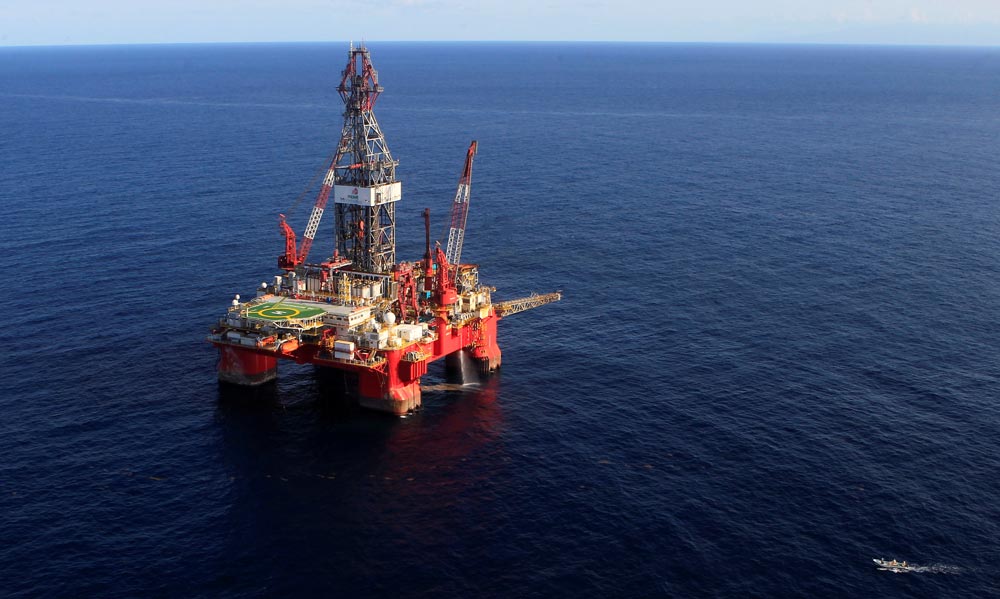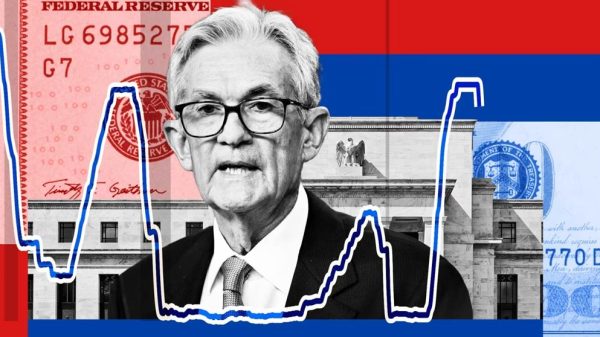U.S. crude oil prices have risen above $70 per barrel as production in the Gulf of Mexico begins to recover following disruptions caused by Hurricane Francine. As of Monday, over 200,000 barrels per day remained offline, according to the Bureau of Safety and Environmental Enforcement. Despite these setbacks, production from undamaged facilities is expected to resume soon after safety checks.
Current Market Prices
- West Texas Intermediate (WTI): The October contract is priced at $70.4 per barrel, marking a 0.5% increase. Year to date, U.S. crude oil has decreased by about 2%.
- Brent Crude: The November contract stands at $72.93 per barrel, up 0.3%. The global benchmark has fallen over 5% this year.
- RBOB Gasoline: October contract prices are at $1.974 per gallon, a 0.3% rise. Gasoline has declined about 6% year to date.
- Natural Gas: The October contract is at $2.396 per thousand cubic feet, up 1%, with a year-to-date decrease of over 4%.
Market Insights
The oil market is closely watching the Federal Reserve’s upcoming decision on interest rates, expected on Wednesday. While a rate cut is anticipated, the extent remains uncertain. The market is also reacting to slowing demand in China and the announcement that OPEC+ plans to increase production in December.
U.S. crude has dropped more than 13% this quarter, while Brent has seen a nearly 16% decline. These shifts are driven by economic factors and geopolitical developments affecting the global oil supply chain.
Expert Opinions
Analysts offer mixed views on the future of crude oil prices. Paul Sankey, an oil market analyst, maintains a bearish outlook, predicting further challenges for the market. Meanwhile, investment banks like Goldman Sachs and Morgan Stanley are adjusting their forecasts, with some recommending energy stocks as a strategic investment during this downturn.











